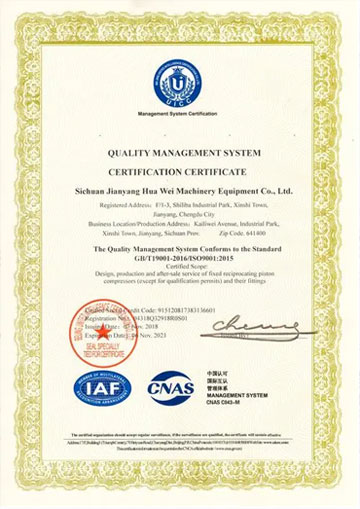

M10x1 Flange Nut Suitable for Various Applications with 205 Degree Specifications and Reliable Performance
জুলাই . 28, 2024 10:09 Back to list
M10x1 Flange Nut Suitable for Various Applications with 205 Degree Specifications and Reliable Performance
Understanding the M10x1 Flange Nut A Comprehensive Guide
In the realm of mechanical engineering and construction, the significance of fastening components cannot be overstated. Among these components, the M10x1 flange nut stands out as a crucial element due to its unique design and application versatility. This article aims to delve into the specifications, advantages, applications, and installation techniques related to M10x1 flange nuts.
What is an M10x1 Flange Nut?
The M10x1 flange nut is a type of nut characterized by its internal thread size of M10, which denotes a metric thread with a nominal diameter of 10 millimeters and a pitch of 1 millimeter. The “flange” aspect refers to the wider and thicker base that extends from the nut, resembling a small dish. This flange increases the nut's surface area, enabling it to distribute the load more evenly and reducing the risk of the nut loosening over time.
Specifications
The M10x1 flange nut is manufactured in accordance with various international standards, ensuring quality and compatibility for different applications. Common materials used for production include carbon steel, stainless steel, and brass, each offering distinct advantages in terms of strength, corrosion resistance, and aesthetic appeal. Additionally, these nuts may come with various surface finishes such as zinc plating or black oxide to enhance corrosion resistance.
The dimensions of an M10x1 flange nut typically feature - Nominal Size M10 (10mm diameter) - Thread Pitch 1mm - Flange Diameter Varies, but generally around 18mm to 20mm - Height Varies based on the design, usually in the range of 7mm to 10mm
These specifications make the M10x1 flange nut suitable for a range of applications, particularly in environments that demand reliability and durability.
Advantages of M10x1 Flange Nuts
1. Load Distribution The flange design allows for better weight distribution and reduces the likelihood of damage to the mating surface, making it ideal for softer materials.
m10x1 5 flange nut

2. Reduced Friction The larger contact area provides a stable surface that reduces the friction that typically occurs when traditional nuts are used, enhancing the torque capacity during fastening.
3. Prevention of Loosening The flange provides additional resistance to loosening caused by vibrations or thermal expansion, making these nuts particularly suitable for automotive and industrial applications.
4. Ease of Installation M10x1 flange nuts can be installed without the need for a washer, simplifying the assembly process and saving time in fastener solutions.
Applications
The M10x1 flange nut is widely used across various industries due to its robustness and versatility. Common applications include
- Automotive Essential for securing components such as exhaust systems, engine mounts, and suspension systems. - Machinery Frequently utilized in heavy machinery assembly, providing reliable fastening in areas subject to vibration. - Construction Employed in structural applications to secure beams, brackets, and anchor points. - Electronics Used in mounting equipment where a sturdy and reliable connection is required without risk of loosening.
Installation Techniques
Proper installation of the M10x1 flange nut is crucial to ensure optimal performance. Here are some guidelines to follow
1. Clean the Surfaces Ensure that the threads and mating surfaces are clean and free from debris to facilitate proper engagement. 2. Use Appropriate Tools Employ the correct size socket or wrench to avoid damaging the nut or the threads. 3. Tightening Torque Refer to the torque specifications for your specific application to determine how much torque should be applied. 4. Check for Loosening After installation, it’s wise to periodically check the nut for tightness, especially in applications subject to vibration.
In conclusion, the M10x1 flange nut is an indispensable fastening component, known for its load distribution capabilities, ease of installation, and reliability in various applications. Whether in automotive, construction, or machinery contexts, understanding its properties and proper usage can greatly enhance mechanical integrity and safety.
Latest news
-
Similarities and Differences Between Plain Washer and Spring Washer - Fastener Comparison Guide
NewsJun.10,2025
-
Effortless Installation Self-Drilling Window Screws - Fast, Secure, and Durable Fasteners
NewsJun.10,2025
-
Self Drilling Stucco Screws for Fast, Secure Installation Self Tapping & Self-Tapping Fasteners
NewsJun.10,2025
-
Premium Hot Dipped Galvanized Self Tapping Screws - Durable Corrosion Resistance
NewsJun.09,2025
-
Discover M12 Weld Stud Benefits & Applications Guide
NewsJun.09,2025
-
M25 Stainless Steel Washers High-Durability Fasteners for Corrosion Resistance
NewsJun.09,2025

